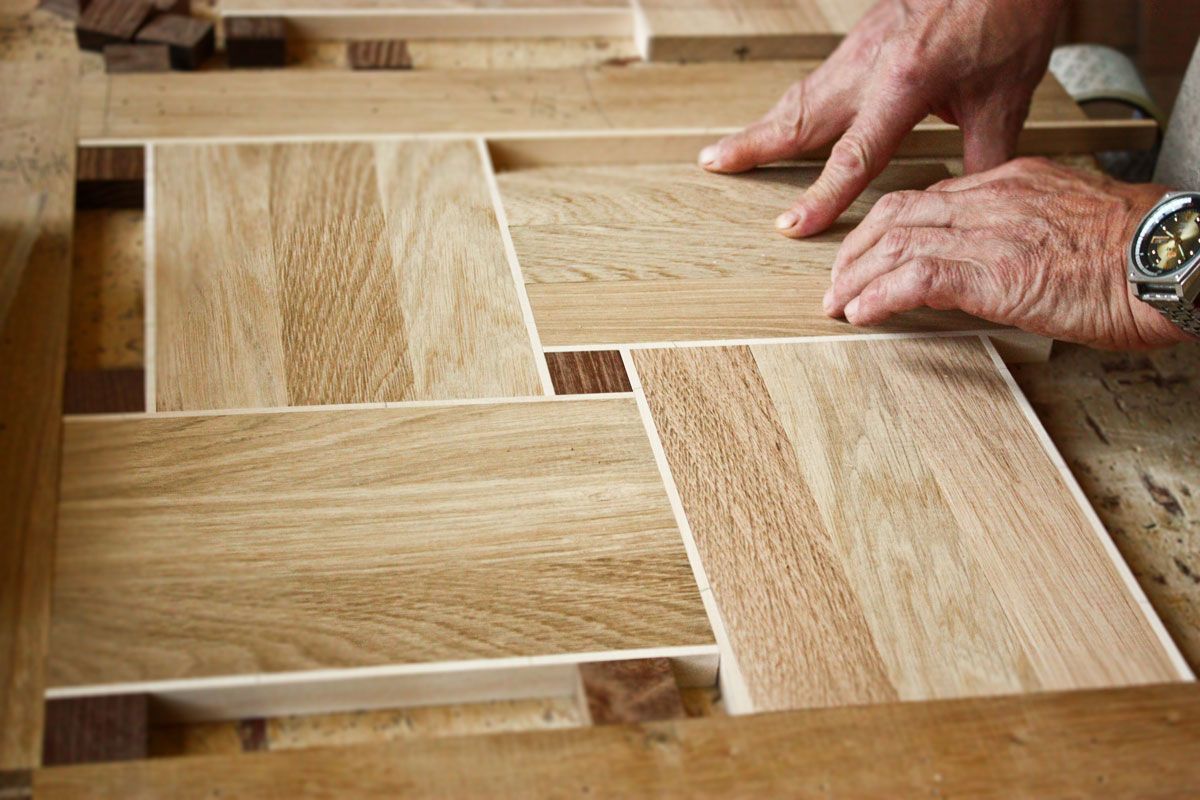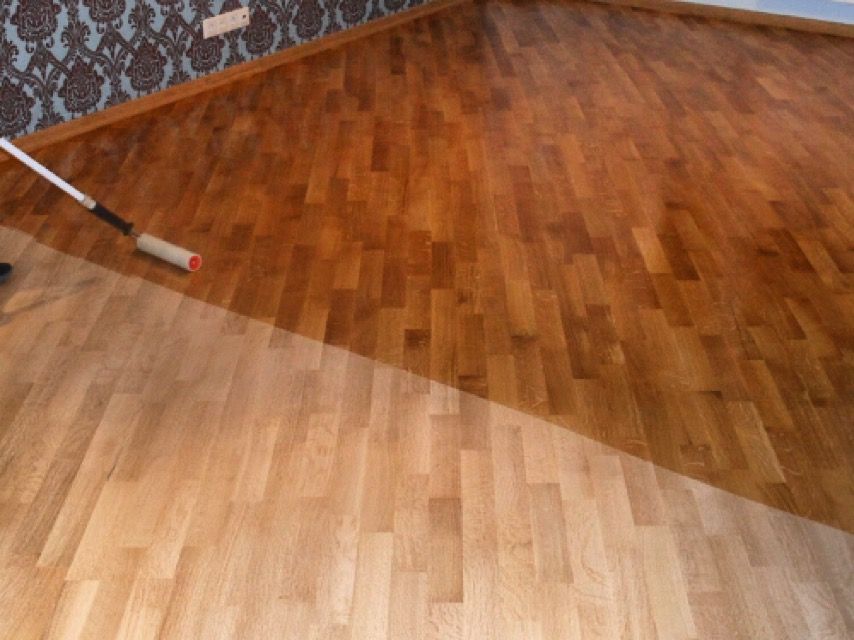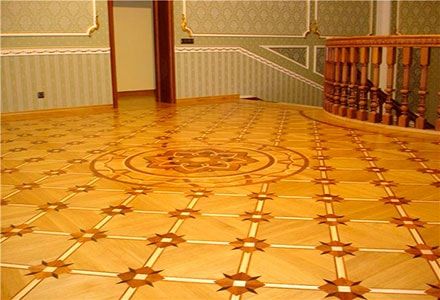Making parquet with your own hands
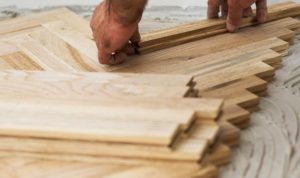 Parquet, as a classic floor covering, has a number of undeniable advantages of a technical, operational and decorative nature. This is a material that, on the one hand, has good wear resistance and the ability to perform its functions for a long period of time. On the other hand, this product does not lose its attractiveness and currently remains preferred for design reasons. The use of this type of product promises safety for human health. Good manufacturability allows you to make parquet yourself.
Parquet, as a classic floor covering, has a number of undeniable advantages of a technical, operational and decorative nature. This is a material that, on the one hand, has good wear resistance and the ability to perform its functions for a long period of time. On the other hand, this product does not lose its attractiveness and currently remains preferred for design reasons. The use of this type of product promises safety for human health. Good manufacturability allows you to make parquet yourself.
The content of the article
How to make parquet with your own hands: production
Manufacturing high-quality parquet requires thorough preparation. This applies to both the selection and acquisition of workpieces and the tools and equipment used in the work process.
Selecting the material
It is preferable to make parquet from hard wood. Among the local ones, it is better to choose oak, ash, beech, maple, and hornbeam. Under no circumstances should you opt for birch, linden and other similar materials. Limitations are associated with their softness, and, accordingly, rapid wear during operation.
As for the degree of drying of the source material, there are two options: natural drying, reaching 8–9% humidity, is suitable in terms of technological parameters.Naturally, it is better to choose a machine-drying product, but they are not always available, and they are much more expensive.
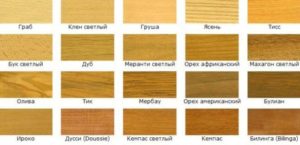 Regarding the shape of the wood, it is preferable to choose planks with a minimum margin for sanding. If the parquet is provided in dimensions of 500x75x20 mm, then the planks can be 4–5 mm thicker, 40–50 mm longer in length, and quite a bit wider in width. A reserve in length is necessary in order to be able to produce high-quality facings, in thickness so that it is possible to bring out the plane and polish the product well.
Regarding the shape of the wood, it is preferable to choose planks with a minimum margin for sanding. If the parquet is provided in dimensions of 500x75x20 mm, then the planks can be 4–5 mm thicker, 40–50 mm longer in length, and quite a bit wider in width. A reserve in length is necessary in order to be able to produce high-quality facings, in thickness so that it is possible to bring out the plane and polish the product well.
As for the basic tools, it is preferable to carry out all work using a stationary or table-mounted hand-held circular saw, a miter saw, several types of sanders, and also, if possible, a router for making connecting grooves.
The problem is that if you don’t have a router and know how to use it, you will have to produce parquet without locks, with straight edges, simply aligned during processing. But the cost of the router is not so high, you can learn how to work with it quite quickly. This is a tool that can be useful in the future for the production of other products, from baseboards to furniture. Naturally, consumables are needed, including additional saw blades and cutters, if a router is used.
Manufacturing process
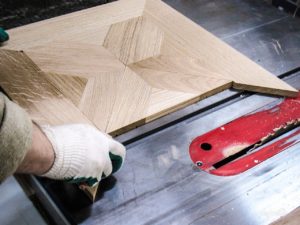 First of all, it is necessary to prepare the source material appropriately. You can purchase wood that has already gone through the jointing process, that is, leveling on a plane. If not, you will have to process the surface yourself, using a hand-held electric jointer or conventional planes.The result will not be so impressive, but then everything can be corrected with the help of orbital and vibrating sanders.
First of all, it is necessary to prepare the source material appropriately. You can purchase wood that has already gone through the jointing process, that is, leveling on a plane. If not, you will have to process the surface yourself, using a hand-held electric jointer or conventional planes.The result will not be so impressive, but then everything can be corrected with the help of orbital and vibrating sanders.- The next task will be to prepare the equipment for the production of a large number of absolutely identical products. To do this, limiters must be installed on the circular and miter saws, which will allow you to work quickly and efficiently. All that remains is to substitute materials and use the tool in accelerated mode.
- Once everything is ready, you need to start sanding. The process is done manually because special equipment is very expensive. Usually, using several types of sanders is enough to get a good result. Careful sanding with constant dimensional adjustments using calipers and acquired skills will produce excellent products that can be effectively used in creating high-quality, long-lasting beautiful floors.
